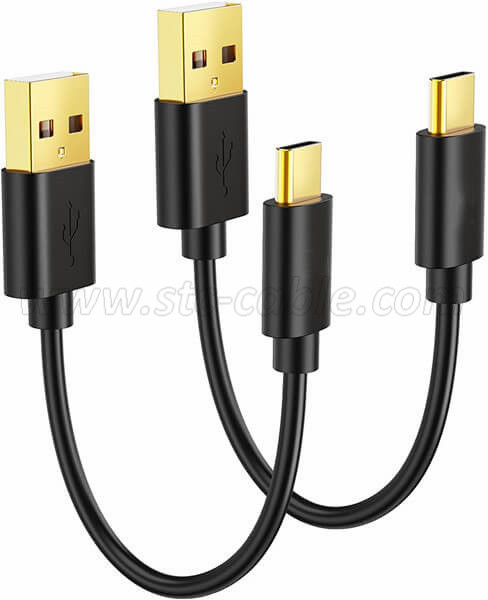What is the current and voltage provided by a laptop when charging a mobile phone using a USB cable?
When charging a mobile phone using a USB cable connected to a laptop, the current and voltage provided depend on several factors including the laptop's USB port specifications and the USB standard in use. Here's a breakdown of the typical values:
USB Port Specifications
1. USB 2.0:
Voltage: 5V (±0.25V)
Current: Up to 500mA (0.5A)
Power: Up to 2.5 watts (W)
2. USB 3.0:
Voltage: 5V (±0.25V)
Current: Up to 900mA (0.9A)
Power: Up to 4.5 watts (W)
3. USB 3.1/3.2:
Voltage: 5V (±0.25V) for standard USB, but can support higher voltages in USB Power Delivery (USB PD) mode.
Current: Up to 3A (with USB PD, can be higher)
Power: Up to 15 watts (W) at 5V, but can support up to 100W (20V, 5A) with USB PD.
5. USB-C (with Power Delivery):
Voltage: Can range from 5V up to 20V depending on the device and the power requirements.
Current: Can range from 0.5A to 5A depending on the power delivery profile.
Power: Can range from 2.5 watts (5V, 0.5A) to 100 watts (20V, 5A) with USB Power Delivery (PD).
Charging Mobile Phones via Laptop USB Ports
1. USB 2.0 Port: Provides 5V and up to 500mA, which is adequate for many older or low-power mobile phones but may charge them more slowly compared to other USB standards.
2. USB 3.0 Port: Provides 5V and up to 900mA, allowing for faster charging compared to USB 2.0. It’s better suited for charging modern mobile phones.
3. USB-C Port with Power Delivery: If your laptop has a USB-C port with Power Delivery and supports higher power levels, it can provide more efficient charging, especially if your phone supports USB PD. This port can handle up to 100W (20V, 5A) but mobile phones generally charge at lower power levels.
Considerations:
1. Charging Speed: The actual charging speed also depends on the phone's battery management system and its maximum charging rate. Phones will only draw as much current as they are designed to handle.
2. Cable Quality: The quality of the USB cable can affect charging efficiency. Higher quality cables, especially those rated for fast charging or high power delivery, can improve charging speeds.
3. Laptop Power Management: Some laptops may limit the current available through USB ports to conserve battery or manage power distribution, which can affect charging rates.
In summary, a laptop's USB ports typically provide 5V with varying currents depending on the USB version. USB 2.0 provides up to 500mA, USB 3.0 provides up to 900mA, and USB-C with Power Delivery can offer significantly higher power levels.
Send your message to us:
Post time: Jul-23-2024
